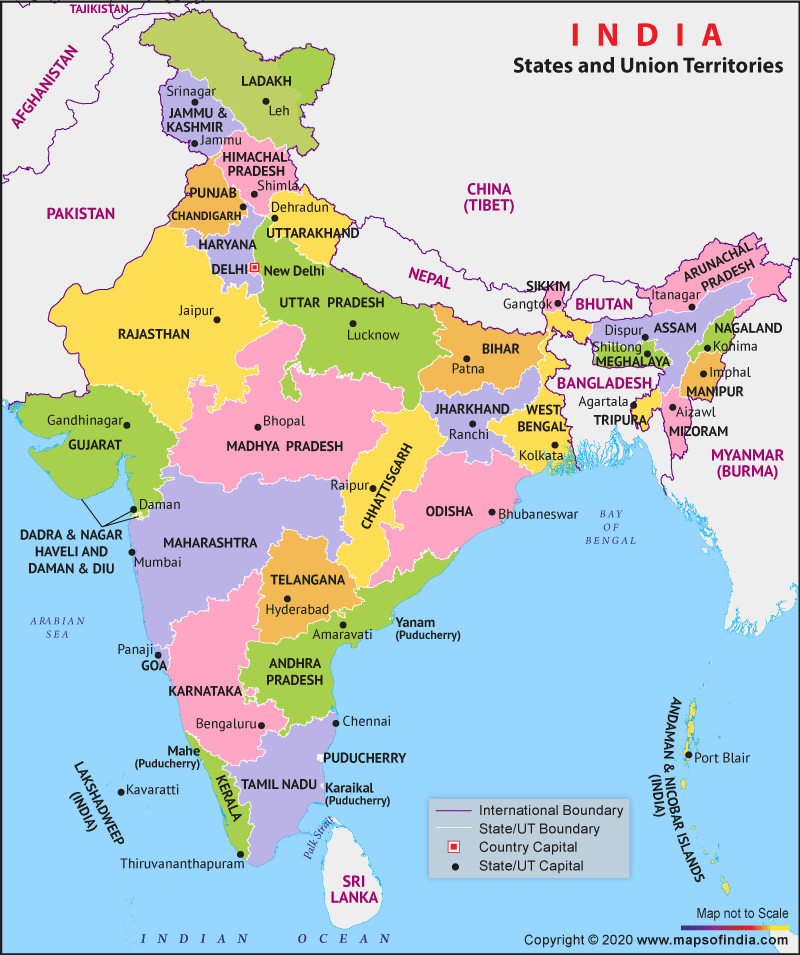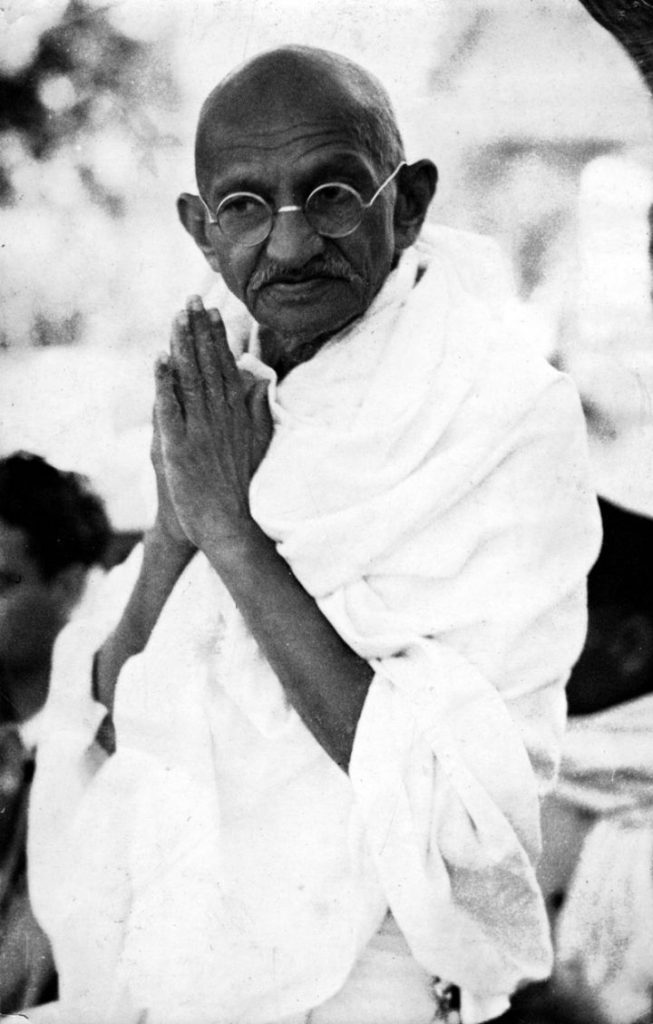
India
Where is India? Does it have history, are there important places to visit? Do People live in India, if so, is there an environment? You will get the answers to all the questions in this speech?
Where is it?
India is a country in Asia that is a peninsula. The Himalayas form India’s north border, they cut India from rest of Asia. Thar Desert is in West & Indus and Ganges are in the north. On the northern side of India is Pakistan, China, Nepal & Bhutan, to the east is Bangladesh and Myanmar. South of India is the island of Sri Lanka, to the southwest is the Arabian Sea and to the southeast is the Bay of Bengal. New Delhi is the capital of India.

History & Heritage
India’s civilization is very old. About 1300 years ago Muslims invaded India. Muslim rule lasted until the 1600’s. In 1858, Britain rule started. In 1920, a lawyer named Mahatma Gandhi began asking his fellow Indians to resist the British rule – but not with weapons, but in a peaceful way. Before 1947, India was free. Gandhi was a father of the nation.

Delhi:
Red Fort is in Delhi. It was built by Shah Jahan. Qutab Minar is a tallest tower in world. Delhi, also has ancient gates and walls.

Mumbai:
Gateway of India is in Front of Taj Mahal palace. British King George V & Queen Mary came to India through this gate. Taj Mahal Palace is a luxury hotel & has a view of the Ocean and the Gateway of India. Victoria Terminus is named after Queen Victoria and is a central train station.

Environment
Animals:
One of the famous reptiles is the Cobra. It hunts small animals like rats. It is also known to bit humans. It lives in villages. The Indian elephant is very strong. The Indian elephant is very strong. People once used it to lift logs & carry crops.

Plants:
The flora of India is one of the richest in the world due to the wide range of climate, topology and habitat in the country. Forests cover 20% of the country. There are estimated to be over 3000 Indian plat species and 18,000 species of flowering plants. Some examples of the flowers are Lotuses, Orchids & Marigolds. And some of the plant examples are Sandalwood, Teakwood and more. India is also known for growing tea and spices such as basil, rosemary and ginger. They also grow lentils and grains like wheat and dal.

Sandalwood 
Lotus
Food
India is known for its spices. In India, a mix of spices is called masala. People of India also make dals from lentils. They make rice as a side dish. They also cook vegetables in spices. They make bread from bajra and wheat. Chai and Coffee is are main drinks in India. Lassi, is a sugary, yogurt drink. Also, in India soda is a fizzy drink for example Masala Soda.


Indian vegetables 
Bajra bread
